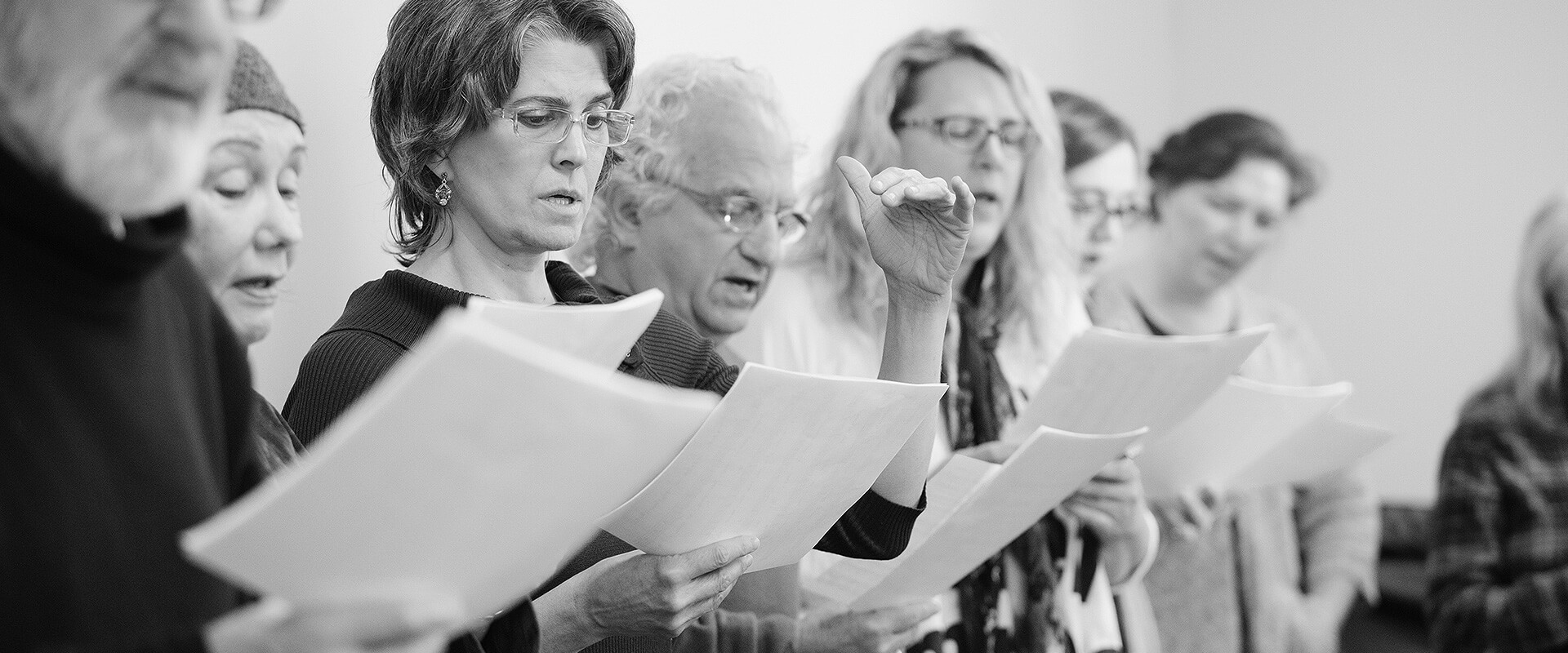Anchoring
Anchoring is often taught as a low larynx position. Lowering the larynx to sing is an idea we hear quite often. Many teachers and singers think that you put the larynx in a low position and it stays there. This is a misconception based on how the larynx functions.
The larynx is free to move in the throat and must remain free while singing. It therefore adjusts to each note; a low position for a note in the middle of your range is not the same as a low position for a note in your upper range. The low position is relative to the note and the larynx must be free to accommodate all these adjustments which happen automatically in the throat.
Lesley teaches this concept as ‘anchoring’ which most students assimilate quite easily, eliminating a lot of the pitfalls made by those using the low larynx method. Many teachers promote an overly-low position which locks the larynx into place rather than allowing for freedom of movement. It is this freedom of movement which is needed to respond to each note individually in the proper way. A fixed larynx position also disturbs proper phonation (see Phonation).
For more information or to book a private lesson, please go to the contact page.
-
Head and Shoulder Model - Infrahyoid Muscles
-
Head and Shoulder Model - Suprahyoid Muscles
 Montreal Voice Coach
Montreal Voice Coach